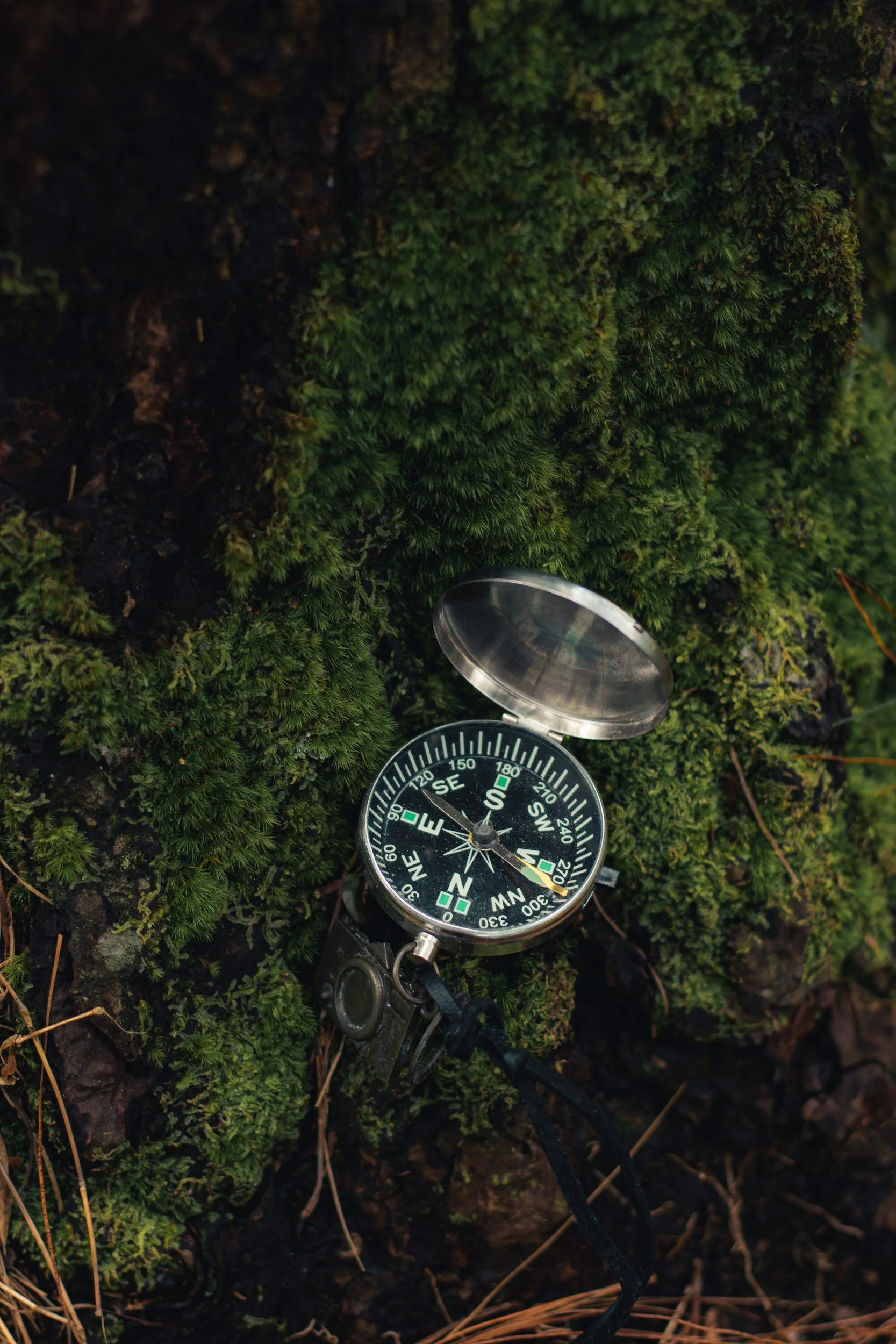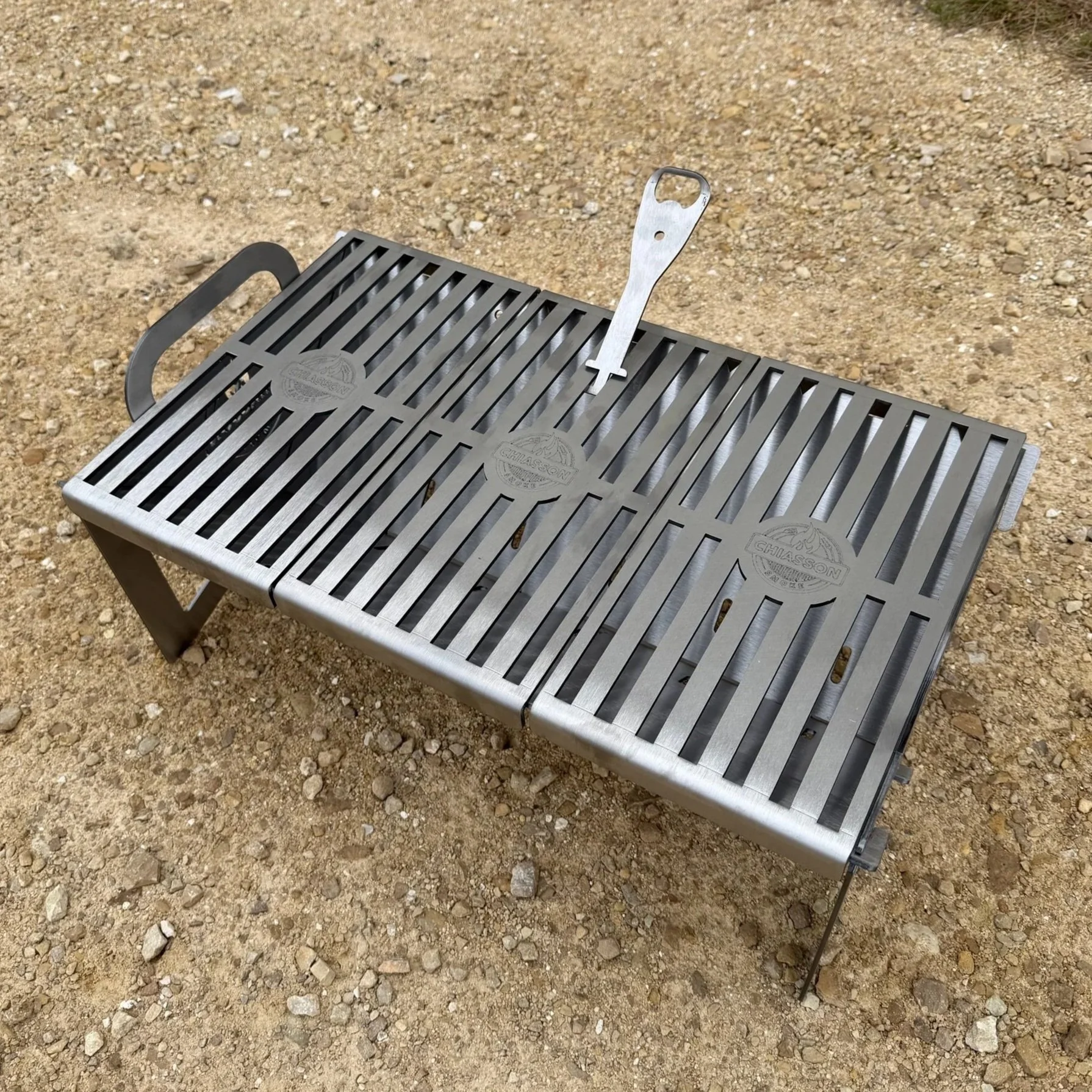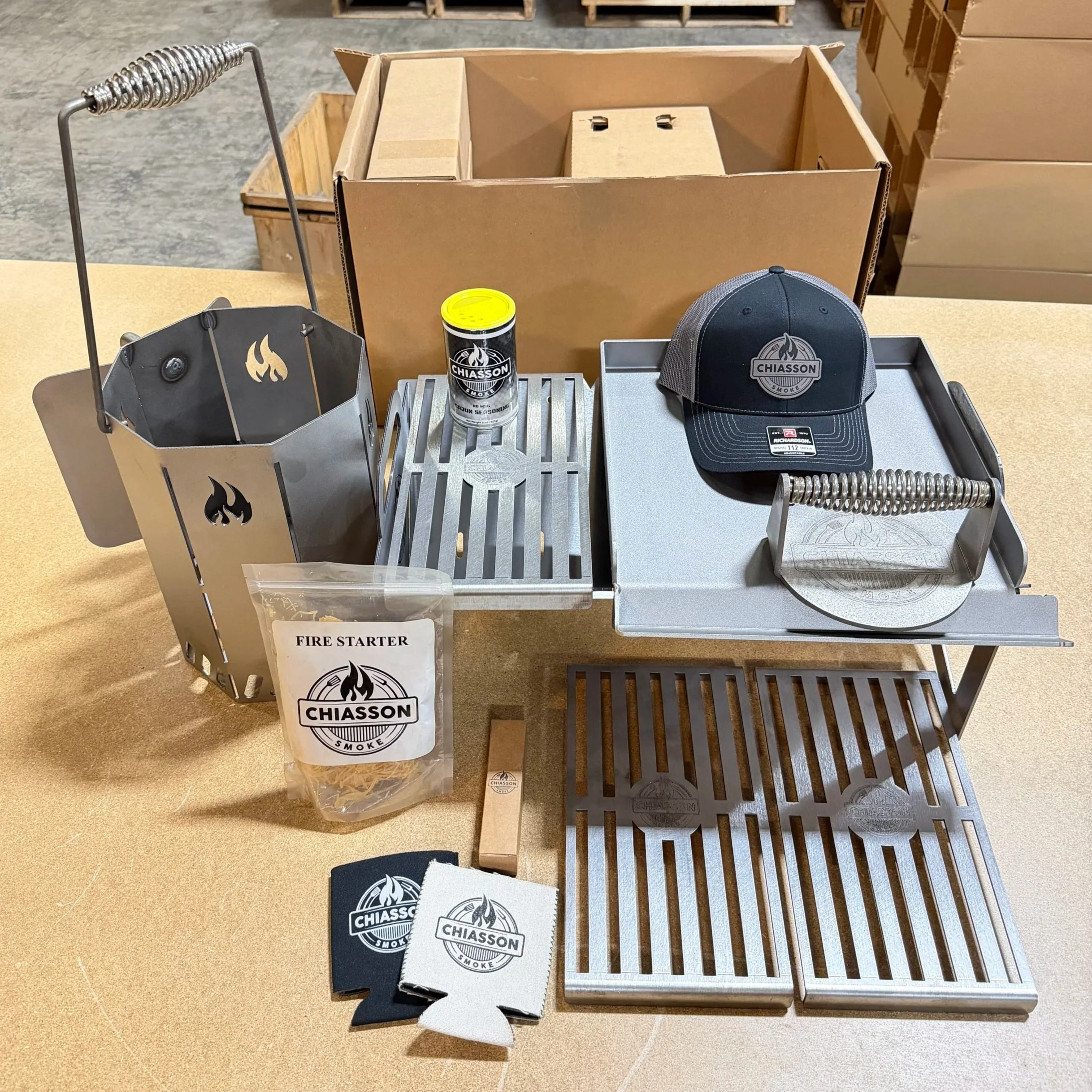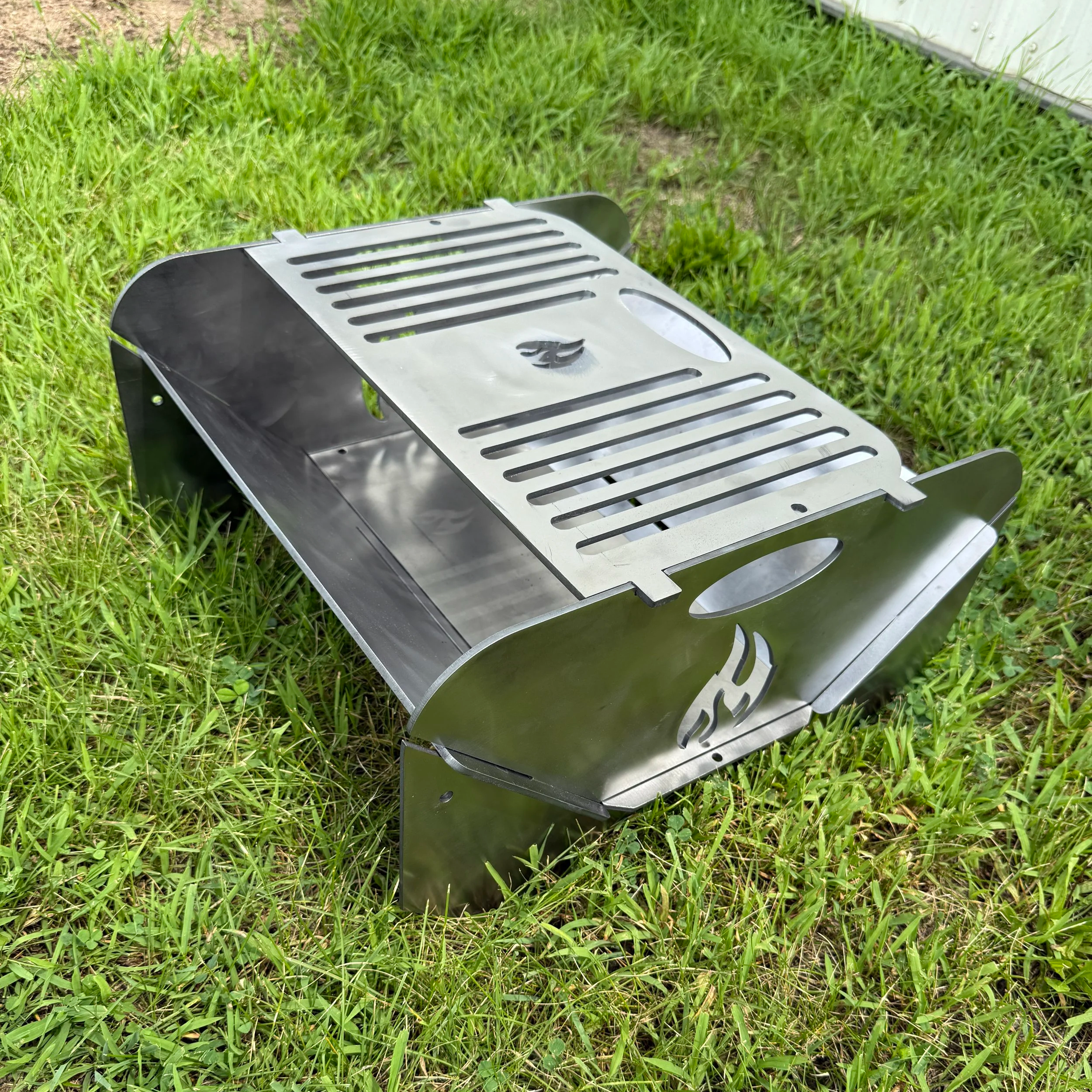How to Navigate with Just a Compass
If your phone dies in the middle of the woods, would you still know how to find your way home?
Most people would say no—and that’s exactly why learning to navigate with a compass is one of the most underrated outdoor skills you can have. It’s old-school, it’s reliable, and when you understand how it works, it’s actually pretty fun. You don’t need GPS satellites or cell towers—just a little know-how, a map (if you’ve got one), and your trusty compass.
Let’s break down how to use this simple tool to find your way anywhere, even if all you can see is trees, sky, and dirt.
The Magic of the Compass
A compass might look like a tiny, mysterious gadget, but it’s actually pretty simple. Inside, there’s a small magnetic needle balanced on a pin. One end of the needle points north because it’s attracted to the Earth’s magnetic field—kind of like how a magnet sticks to your fridge.
That magnetic north isn’t the same as “true north,” which is the exact top of the planet, but we’ll get to that later. For now, just know that the red end of the needle will always point toward magnetic north, no matter where you are.
There are a few parts of a basic compass you should know:
Baseplate: The flat, see-through bottom you can lay on a map.
Rotating bezel (or dial): The circle with degree markings (0–360°).
Direction-of-travel arrow: The big arrow on the baseplate showing where to go.
Orienting arrow and lines: Inside the dial—these help line things up with the map.
Once you understand what those do, the compass starts making a lot more sense.
Understanding North, South, East, and West
Let’s start with the basics. Every direction on Earth points toward one of four main points—north, south, east, and west. The compass helps you find those, but it can also measure every angle in between.
The circle on your compass is split into 360 degrees, like a big pizza. North is 0° (or 360°), east is 90°, south is 180°, and west is 270°. Knowing these helps you describe and follow exact directions called bearings.
A bearing is just a fancy word for an angle that points toward where you want to go. For example, if your camp is directly east, you’d follow a bearing of 90°. If the lake is a little south of west, maybe it’s 250°. Easy enough, right?
Magnetic North vs. True North
Here’s where it gets interesting. The Earth’s magnetic north and true north aren’t in the exact same spot. Magnetic north moves around because it’s based on molten iron deep inside the Earth, while true north is a fixed point at the top of the planet.
The difference between them is called declination. Depending on where you are, declination can make your compass point a few degrees off from true north. That might not sound like much, but over miles of walking, it can send you way off course.
Most maps show your local declination (usually in the corner), and many compasses let you adjust for it. If not, you just have to remember to add or subtract the right number of degrees when taking or following a bearing. It’s one of those little details that separates the lost from the found.
How to Take a Bearing
Okay, let’s say you’re standing at your campsite and you can see a tall hill in the distance. You want to head there without wandering all over the place. Here’s how to use your compass to get an exact direction.
Hold the compass flat in front of you, pointing the direction-of-travel arrow at the hill.
Turn the bezel until the red magnetic needle lines up inside the orienting arrow—people call this “putting red in the shed.”
Now, look at the number on the bezel where the direction-of-travel arrow meets it. That’s your bearing!
If it says 240°, that means the hill is at a bearing of 240° from where you are. You can now use that to walk there even if you can’t see the hill anymore—say, if trees or fog get in the way. Just keep the needle in the shed and follow your arrow.
Following a Bearing
Taking a bearing is one thing. Actually walking it is another. The trick is to keep your line as straight as possible. If you wander too far left or right, you’ll drift off course.
A simple way to stay on track: pick something ahead of you that lines up with your direction-of-travel arrow—maybe a big tree, rock, or hill. Walk to it, then pick another landmark further along the same line. Keep repeating that. This keeps you from constantly staring down at your compass while you walk.
If you have to go around something, like a pond or fallen trees, note where your bearing was before detouring. Once you’re past the obstacle, take the same bearing again and get back on line. It’s kind of like pausing and unpausing your internal GPS.
Using a Map with Your Compass
A compass alone can keep you moving in the right direction, but pairing it with a map makes it a powerful navigation system—no electronics required.
Let’s say you’re hiking and have a paper map of the area. You want to travel from your current spot to a marked shelter.
Here’s what to do:
Line up your map. Lay it flat and use your compass to point north. Make sure the top of your map (true north) matches up.
Mark your start and destination. Put the edge of your compass between the two points.
Turn the bezel until the orienting lines match the map’s north-south grid lines.
Read the bearing where the direction-of-travel arrow meets the bezel.
Now, when you lift the compass, turn your body until the needle is in the shed again. Follow your arrow, and you’ll be walking straight toward your target.
If you ever get turned around, you can reverse the process—use the map and your compass to find out which direction you need to head to return to a known point. It’s like rewinding your steps with math and magnets.
When You Don’t Have a Map
Sometimes, you don’t have a map—or maybe it blew away or got soaked in the rain. That’s when your compass becomes your best friend.
You can still use it to keep a steady direction. For example, if you know the nearest road runs north-south and you want to get there, you can just set your compass for 270° (west) and start walking.
But here’s a pro tip: don’t walk in a straight line forever. The terrain might push you off course without realizing it. Every so often, stop and check your bearing again. If you hit an obstacle like a stream, use pacing—count your steps across, then take the same number going back the other side to return to your original line.
If you ever need to retrace your route, just take the opposite bearing. For example, if you walked out on 90° (east), you’d walk back on 270° (west). Simple, but it could save your life.
See also: Emergency Cooking 101
Navigating in Bad Weather or at Night
Fog, snow, or darkness can make landmarks disappear. That’s when your compass becomes your eyes. The rules stay the same—just with extra caution.
At night, use a headlamp or flashlight to see your compass face. Some compasses even glow in the dark for this reason. Move slower and check your bearing more often. When visibility is low, people naturally drift without realizing it, especially if one leg is slightly stronger than the other.
If you’re hiking with others, it helps to have one person lead and another watch the compass. The leader can walk toward a landmark or use reflective tape, while the navigator makes sure they’re staying on course. Communication is key—you don’t want your group spreading out in the dark.
Finding Your Location with a Compass
You can even use a compass to figure out where you are on a map, which is called triangulation. It’s easier than it sounds.
Let’s say you can see two landmarks around you—a mountain and a lake. Here’s how to pinpoint your spot:
Take a bearing on the first landmark.
Place your compass on the map so the edge touches that landmark.
Turn the compass until the orienting lines match north on the map.
Draw a line along the compass edge.
Repeat the same steps for the second landmark.
Where the two lines cross is your approximate position. It’s like magic—except it’s just magnets and geometry.
The Compass Is More Reliable Than You Think
Phones die. GPS signals drop. But a compass? It always works. It doesn’t need batteries, it doesn’t break easily, and it’s small enough to live in your pocket for years. Once you learn how to use one, you start to feel a kind of quiet confidence that’s hard to explain. You realize you don’t have to depend on technology—you can depend on yourself.
That’s what navigation really is: a way to understand where you are and how to get where you’re going. It’s problem-solving, awareness, and patience all rolled into one. And when you finally walk out of the woods, exactly where you meant to, that’s one of the best feelings there is.
Practice Makes Perfect
Like any skill, compass navigation takes practice. You can’t just read about it—you’ve got to go outside and try it. Start in your neighborhood or a nearby park. Pick a landmark, take a bearing, walk to it, and see how close you get. Then try the same with a map.
Challenge yourself: hide a small object, mark it on your map, then see if you can find it again later using just your compass. Or go geocaching-style—drop a friend at one point, agree on coordinates, and see if you can meet in the middle.
Before long, holding a compass will feel second nature. You’ll catch yourself automatically noting directions—“that hill’s to the southwest,” or “camp’s about 40° that way.” And that’s when you’ll realize you’ve joined a long line of explorers, hunters, and wanderers who found their way by nothing more than a little red needle and some trust in their own sense of direction.
The Old Ways Still Work
Learning to navigate with a compass might seem outdated in the age of smartphones and GPS watches, but it’s a skill that never expires. It connects you to the land in a way digital maps can’t. You notice slopes, shadows, and streams. You start to understand how the world fits together. (And you can never be too prepared.)
Next time you’re out hiking, bring a compass along. Even if you never need it, you’ll feel better knowing you could find your way if things went wrong. And if your phone battery ever gives out, you’ll be the calm one saying, “Don’t worry—I’ve got this.”










